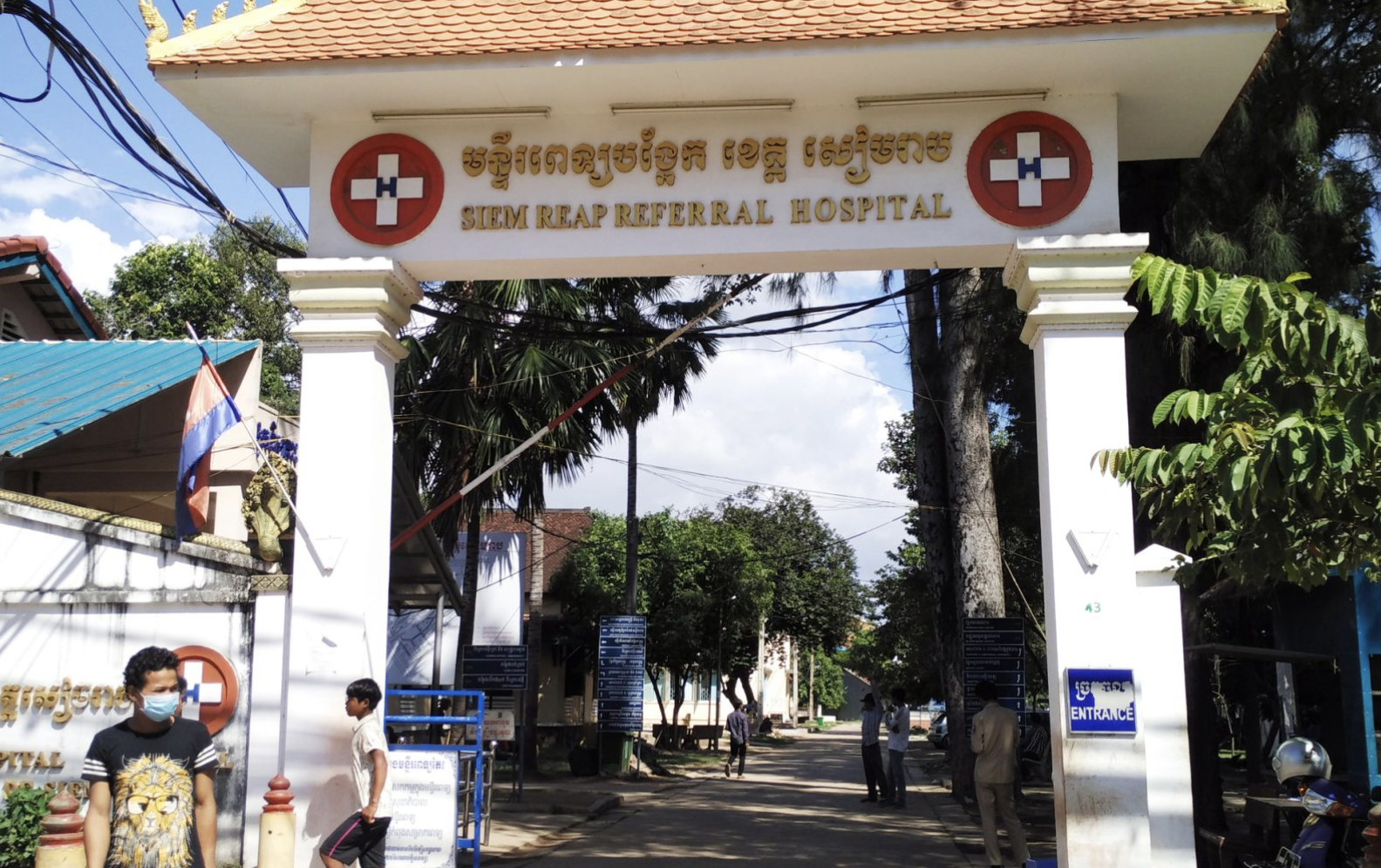The author highlights the challenges and misdiagnoses faced in the Cambodian healthcare system that push many to seek medical treatment abroad. It underscores the rising trend of medical tourism due to inadequate domestic options, the financial burden of healthcare, and the need for improvements in the healthcare infrastructure to better serve the aging population and those with non-communicable diseases.
The author recounts a personal story of dealing with her mother’s liver cancer diagnosis in Cambodia, illustrating the broader issues within the Cambodian healthcare system and the rising trend of medical tourism. Two years prior, the mother displayed concerning symptoms, including loss of appetite and extreme exhaustion. Initial consultations and tests at two reputable hospitals in Phnom Penh resulted in a diagnosis that was later proven inadequate, as a subsequent CT scan in Bangkok revealed an 8.4-centimeter tumor in her liver. This situation highlights the problematic nature of misdiagnoses in Cambodia, which leads many residents to seek medical care abroad. The text points out a significant case from 2023, where a young woman died due to a surgical mistake in a Cambodian clinic. Such traumatic experiences fuel the desire for healthcare in neighboring countries where medical services are perceived to be more reliable.
Medical tourism in Cambodia is increasingly influenced by economic growth and the improved accessibility of travel within the ASEAN region. Cambodians seeking medical care abroad come from diverse financial backgrounds; while the affluent may go to high-income countries like Singapore, those with fewer resources often travel to Thailand or Vietnam, sometimes incurring significant debt. During a recent trip to Bangkok, the author interacted with fellow Cambodian patients who expressed their trust in the Thai medical system. The hotel where many Cambodians stay during treatment has adapted to serve these visitors, allowing them to communicate in Khmer. Despite the personal network created by these experiences, there remains a significant cost associated with seeking healthcare abroad, which can exceed the average annual income in Cambodia.
The author also discusses the growing trend of Cambodians traveling for medical services, with estimates suggesting that between 200,000 to 250,000 individuals sought treatment outside Cambodia in 2023. Data from various sources shows a notable percentage of travelers, specifically targeting medical services, indicating that many feel there are no reliable options within their country. The financial burden is a major factor, as the cost of medical care abroad can significantly surpass local GDP per capita, making treatment a challenging decision for many families. Further complicating the healthcare landscape is Cambodia’s aging population, which is expected to constitute a larger portion of the population by 2050. The increasing prevalence of non-communicable diseases, such as cancer and diabetes, poses additional challenges, contributing to rising healthcare costs and deepening poverty. The majority of Cambodians, especially those over 50, lack health insurance and financial resources, relying heavily on their adult children for support.
Most elderly citizens face a precarious financial situation, with many reporting no income or savings, thus exacerbating their vulnerability when faced with serious health issues. The Cambodian government is urged to address these challenges to improve accessibility and quality of care domestically, as many citizens long for the ability to receive affordable and effective medical treatment within their own country. This summary highlights the complex interplay of personal, medical, and socio-economic factors affecting healthcare access in Cambodia.


